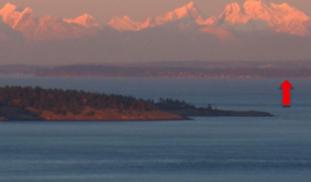Please wait...
About This Project
research-now.org
Research Now generates best available science to inform policy decisions.Research Now proposes a scientific investigation of two recently discovered faults, Skipjack Island and Sandy Point. New knowledge will lead to better understanding of seismic hazards near the proposed Gateway Pacific Terminal site at Cherry Point, WA -- near the US-Canadian border. If built, it would be the largest coal transport facility in North America.

Browse Other Projects on Experiment
Related Projects
Worms at Work: Scoping Natural Carbon Sequestration at Scale
For centuries, scientists noted earthworms' exploits as ecosystem engineers. Recent research shows the feasibility...
Whales as oceanographers: Developing multi-sensor tags for improved understanding and management of critical habitats
Limited oceanographic data prevent accurate prediction of whale foraging hotspots. To address this, we will...
Communities perception and monitoring of ocean acidification in the Douala-Edea national park (Cameroon)
This project will help us to evaluate the vulnerability of clam fishing to ocean acidification (OA) in the...





